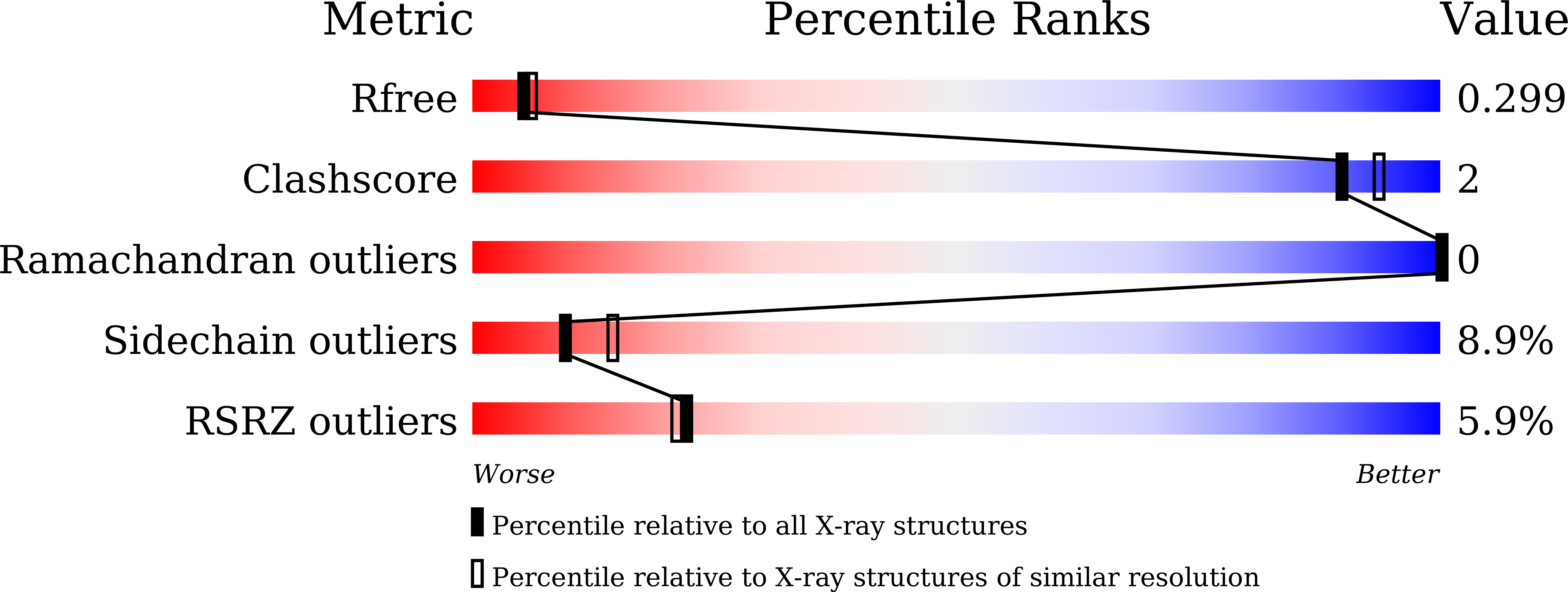
Deposition Date
2018-04-19
Release Date
2019-05-01
Last Version Date
2023-11-22
Entry Detail
PDB ID:
5ZQH
Keywords:
Title:
Crystal structure of Streptococcus transcriptional regulator
Biological Source:
Source Organism:
Streptococcus pneumoniae (Taxon ID: 1313)
Host Organism:
Method Details:
Experimental Method:
Resolution:
2.40 Å
R-Value Free:
0.29
R-Value Work:
0.29
R-Value Observed:
0.29
Space Group:
C 1 2 1


